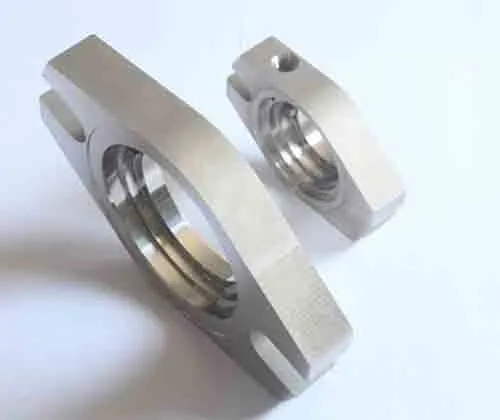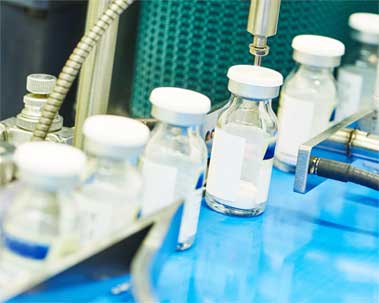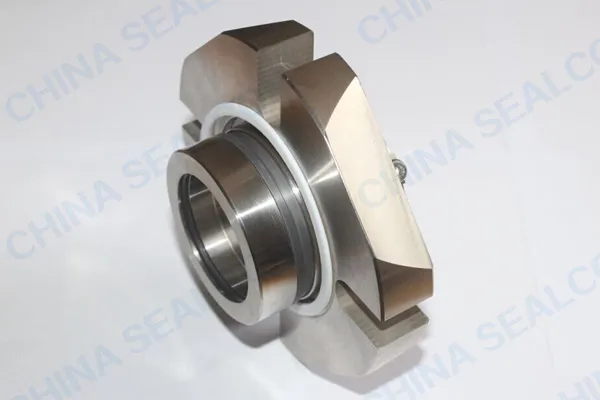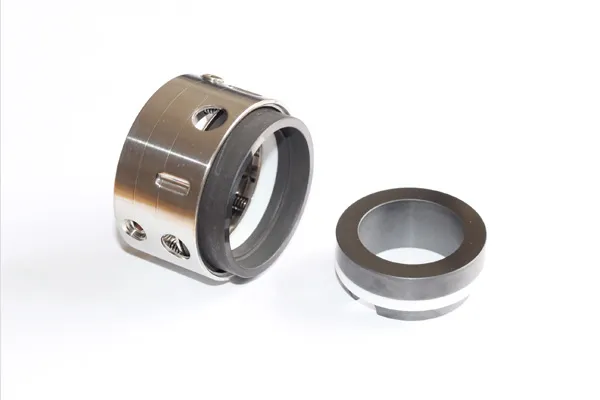CLOSE
Search

Seal Spare Parts Gland
The mechanical seal is a pair of or several perpendiculars to the axis of the relative sliding of the end face of the fluid pressure and the compensating mechanism of the elastic force (or magnetic force) to keep fit and with the auxiliary seal to seal leakage seal device.
2. reduce friction loss, improve the machine's mechanical efficiency.
3. change the sealing method, improve the efficiency of the machine or unit.
4. change the auxiliary system, reduce energy consumption, improve unit efficiency.
5. save raw materials.
6. Improve machine reliability.
7. Safety and environmental protection.
2. Stationary component sealing member.
3. Rotating component.
4. Rotating component sealing member.
5. Spring.
6. Gland plate.
7. Clamp ring.
Gland is mainly used for mechanical parts outside the seal, blocking the role of dust. Generally, Gland is used for mechanical seal chamber with a sealed collision avoidance effect.
With the seal gland in place mechanical seal changes can cost a couple of hundred dollars compared to a thousand or even thousands of dollars when using cartridge seals. Though many consider cartridge seals much easier to replace. They can be much expensive than gland change.
Function of mechanical seals
1. reduce the machine's internal leakage, improve machine volume efficiency.2. reduce friction loss, improve the machine's mechanical efficiency.
3. change the sealing method, improve the efficiency of the machine or unit.
4. change the auxiliary system, reduce energy consumption, improve unit efficiency.
5. save raw materials.
6. Improve machine reliability.
7. Safety and environmental protection.
Simple Mechanical Seal Design has 7 Components
1. Stationary component; commonly referred to as the seat.2. Stationary component sealing member.
3. Rotating component.
4. Rotating component sealing member.
5. Spring.
6. Gland plate.
7. Clamp ring.
Gland is mainly used for mechanical parts outside the seal, blocking the role of dust. Generally, Gland is used for mechanical seal chamber with a sealed collision avoidance effect.
With the seal gland in place mechanical seal changes can cost a couple of hundred dollars compared to a thousand or even thousands of dollars when using cartridge seals. Though many consider cartridge seals much easier to replace. They can be much expensive than gland change.
Functions of mechanical seal glands
- Support stationary components.
- Contain throttle bushing.
- Allow for seal setting.
- Provide centering of seal components.
- Provide port location for flushes.
- Material for Seal Plate / Gland Plate: SS410, SS304, SS316, Alloy-20 and other alloys

Get In Touch With SEALCON
Want the mechanical seals price list? Fill out the form and we'll get back to you ASAP.
Related Products
 English
English français
français Deutsch
Deutsch Español
Español italiano
italiano русский
русский português
português العربية
العربية ไทย
ไทย čeština
čeština Polska
Polska




